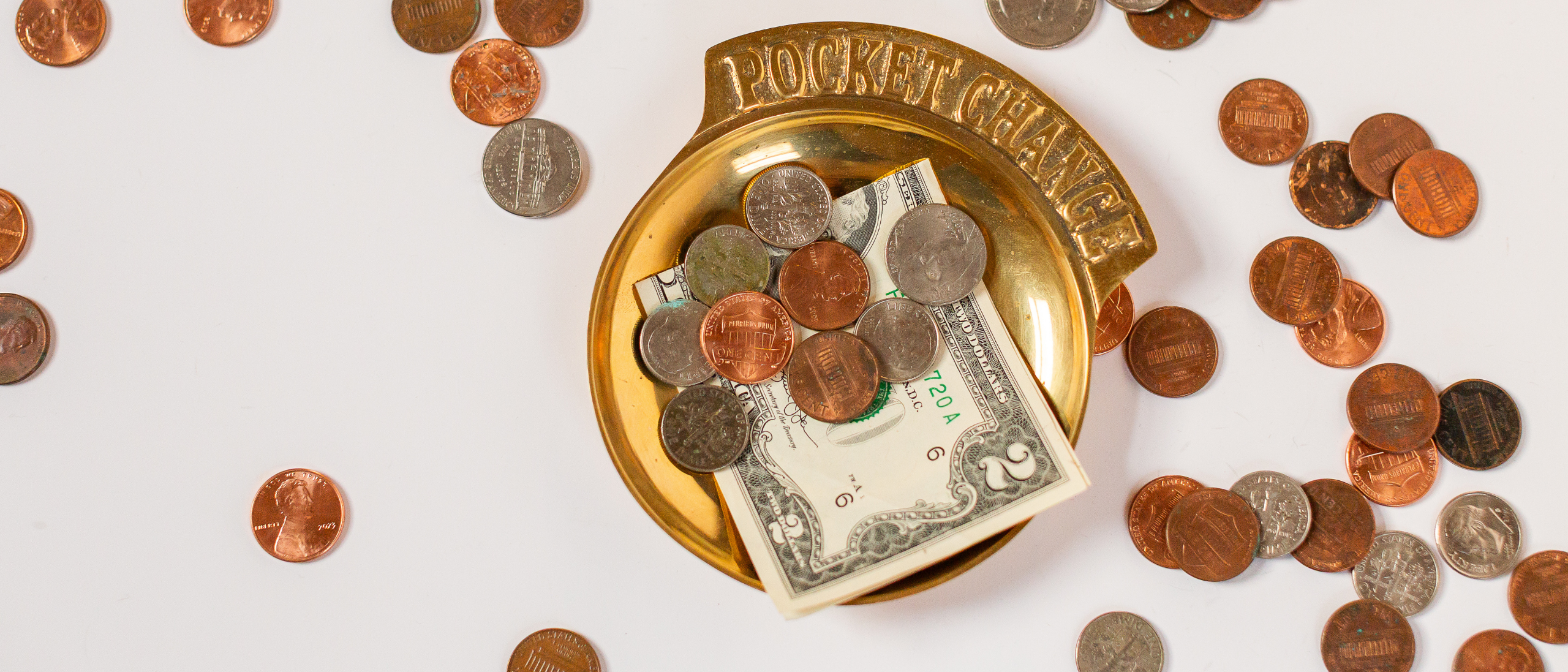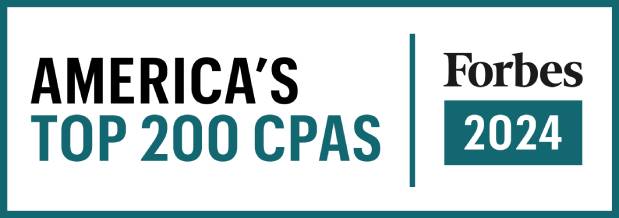We often think of the IRS as the enemy, but believe it or not, sometimes they do offer mercy and even debt forgiveness.
Today, I’ll walk you through the IRS Debt Forgiveness Program so you can determine whether or not there is a tax relief program that applies to you.
What is the IRS Debt Forgiveness Program?
What is commonly referred to as the IRS Debt Forgiveness Program actually consists of different types of debt relief all rolled into one. Before we get started discussing these in detail, you should know that almost any kind of debt forgiveness offered by the IRS is done so on a case-by-case basis and at the discretion of the IRS agent working your case.
In general, the IRS Debt Forgiveness Program applies to taxpayers who have $50,000 or less in tax debt. Single taxpayers with an income below $100,000 and married taxpayers with an income below $200,000 are more likely to be accepted. Additionally, self-employed taxpayers who have experienced at least a 25% loss of income are more likely to be accepted to receive some form of forgiveness.
What types of debt forgiveness does the IRS offer?
There are several common types of IRS debt forgiveness:
Payment Plan
A payment plan is a frequent choice within the IRS Debt Forgiveness Program because it allows you to pay your taxes in full but gives you more time to do so. Also, depending on whether you owe individual taxes or business taxes, the IRS payment plans have very minimal fees. In fact, if you’re requesting a short-term payment plan of 180 days or less for your individual taxes, there is no fee for the payment plan.
You can apply for a payment plan in one of three ways:
- Most people can apply online through the IRS’ online tool.
- If you can’t apply online, you can apply by phone by calling 1-800-829-1040 for individuals or 1-800-829-4933 for businesses.
- You can apply by mail by submitting Form 9465.
You do need to take into consideration that your debt will still accrue interest and some penalties while you’re paying off your tax bill.
Offer in Compromise
Here’s where we start getting into actual debt forgiveness. With the Offer in Compromise option, which is sometimes referred to as the Fresh Start Program, you can actually pay less money in taxes.
You won’t qualify to apply for an Offer in Compromise unless you meet all of these requirements:
- You must have filed all tax returns that you are legally required to file.
- You must have received a bill for at least one tax debt included in your offer.
- You must have made all required estimated tax payments for the current year.
- If you are a business owner with employees, you must have made all required federal tax deposits for the current quarter and the two preceding quarters.
The IRS will consider an Offer in Compromise for you if they determine that you can’t pay your full tax debt or that doing so would create a financial hardship for you. The IRS will look at these factors on a case-by-case basis:
- Your ability to pay
- Your income
- Your expenses
- Your assets
Before submitting an Offer in Compromise, you can use the IRS’ pre-qualifier tool to see if you are eligible for this program. If you qualify, you’ll submit your application using Form 656. You’ll also submit an application fee ($205 in 2022) along with your application.
Currently Not Collectible
Another option to consider if you’re in a tight spot is to request that your IRS account status be changed to “Currently Not Collectible.” If the IRS agrees that you can’t pay any of your tax debt due to your “financial condition,” they will consent to change your status. This does not mean that they will forgive your tax debt. It just means that they will temporarily delay collecting your tax burden until your financial situation improves.
In order to apply for a status change to “Currently Not Collectible,” you’ll need to complete Form 433-F, Form 433-A or Form 433-B. Which one of those forms you’ll complete depends upon whether you’re asking for a status change for your personal, business, or self-employed tax debt. You’ll also need to provide proof of your financial status by including information about your monthly income and expenses as well as your current assets.
The important thing to note is that when your status is “Currently Not Collectible,” your debt will continue to grow because you are still accruing penalties and interest until you pay the full amount owed. The government may also place a lien on your real estate, personal property, or any other financial assets you have. They will notify you if they do this.
Innocent Spouse Relief
There is another type of IRS debt forgiveness that you can use if your spouse or former spouse improperly reported or omitted items on your tax return that resulted in a tax debt. This relief only applies to individual income taxes or self-employment taxes. In order to qualify for Innocent Spouse Relief, you’ll need to establish that at the time you signed your joint tax return, you did not know, and had no reason to know, that the information provided was false.
To apply for Innocent Spouse Relief, you’ll file Form 8857. The nice thing about this application is that you can figure out the tax amount that would qualify for Innocent Spouse Relief on your own, but if you can’t or aren’t sure how to, the IRS will figure it out for you.
Should I apply for the IRS Debt Forgiveness Program?
If you qualify for the IRS Debt Forgiveness Program and are committed to providing the IRS with honest and accurate information, there’s really no downside to taking the help that they offer. However, you may want to speak with an accountant first to make sure you’re understanding all of the tax and financial implications that may apply to your specific situation.




